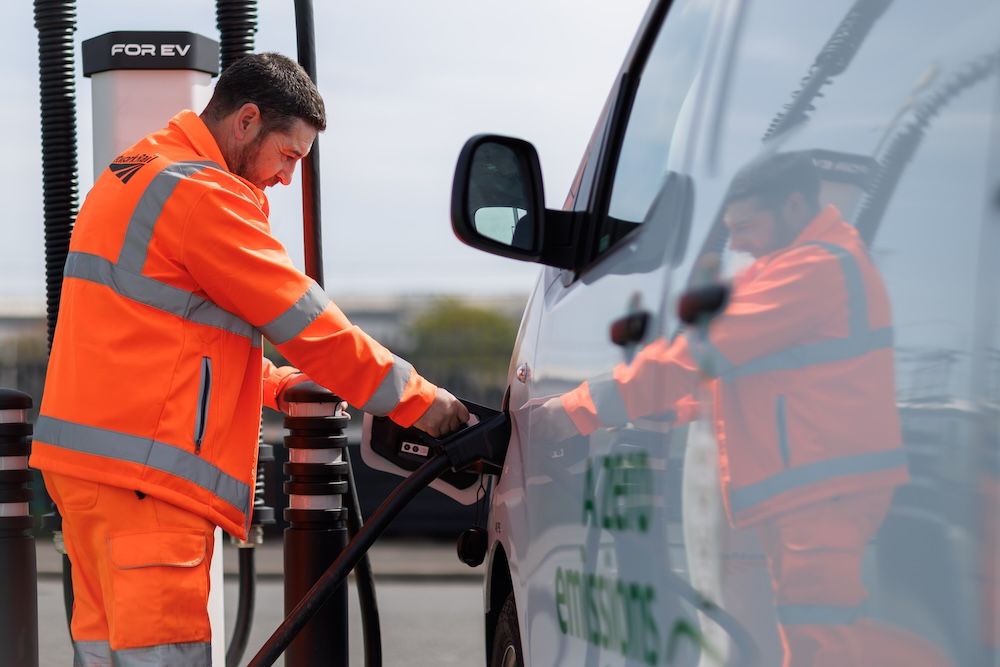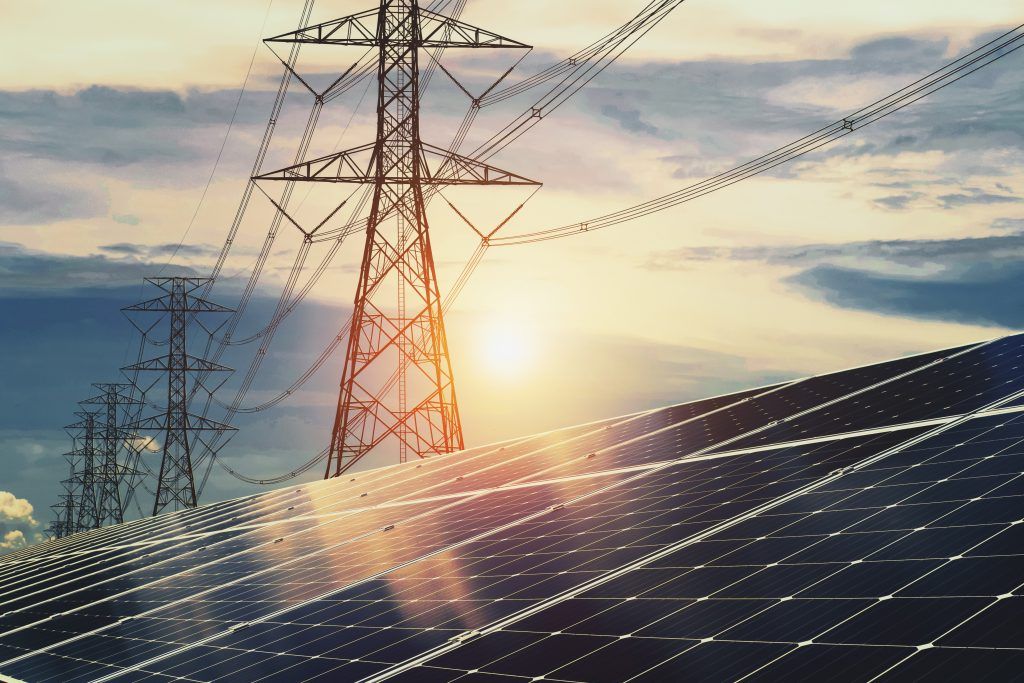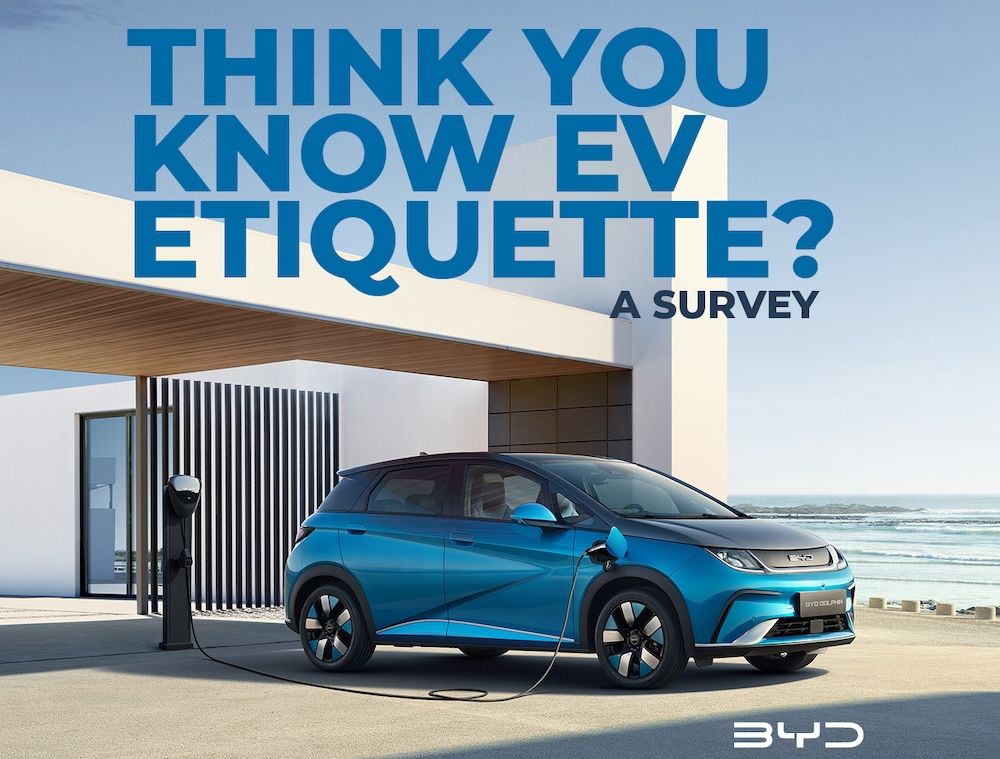KPMG has recently released a report on how AI is helping to improve energy efficiency and management in real estate.
The study reveals that traditional retrofits are “too slow and costly to deliver” the scale of cuts required to reach net-zero goals of 2050.
It points out that artificial intelligence is a faster route, but only together with the Strategic Energy Management (SEM) framework.
Exergio, a company that developed an AI-based tool for energy efficiency in commercial buildings, added that the findings “reflect what is already visible in real-world cases”.
KPMG said that SEM should track how buildings use energy and assign clear responsibility for fixing problems. According to Donatas Karčiauskas, CEO of Exergio, this means facility managers or energy officers are tasked with day-to-day oversight.
But certain tasks such as changing parameters in sensors should be automatically assigned to AI and machine learning models to adjust in real-time, with experts overseeing the process, the firm added.
On its own, implementing a SEM mindset typically delivers 5-7% savings per year, but when used with AI, it rises to around 20%-30%.
There are three tiers of SEM, according to the report. The first tier focuses on getting more out of what is already in place: engineers have to tune HVAC, lighting, and control systems so they run more efficiently day to day; the second is replacing worn or outdated equipment; and the third adds renewables or long-term power contracts.
The authors of the paper stress that renewables should come last, since it delivers limited value if the building’s consumption has not already been optimised. It was also indicated in the study that efficiency depends less on new hardware and more on how existing systems are managed.
Donatas Karčiauskas, CEO of Exergio, said:
“AI is already helping buildings cut waste by 20-30% in our projects, no matter the climate or the age of the property.
“But those savings only last if there’s smart energy management behind them. That’s exactly the point KPMG makes, efficiency isn’t a one-off upgrade, it’s how you run the building day after day.
“What’s missing is a culture of active energy management. SEM lays down the rules, and AI keeps the systems running to them minute by minute, with people still in control.
“We used the same approach before it was called SEM – simply because it made sense, and that’s where everyone should focus on. Our platform connects to the building’s energy management systems and uses metrics such as sensor data and occupancy patterns to adjust HVAC simultaneously. That’s how efficiency becomes a continuous management task, not something postponed until the next renovation. It reflects what KPMG calls ‘human-centric AI’ that supports transparency and trust.”
Image courtesy of Exergio







